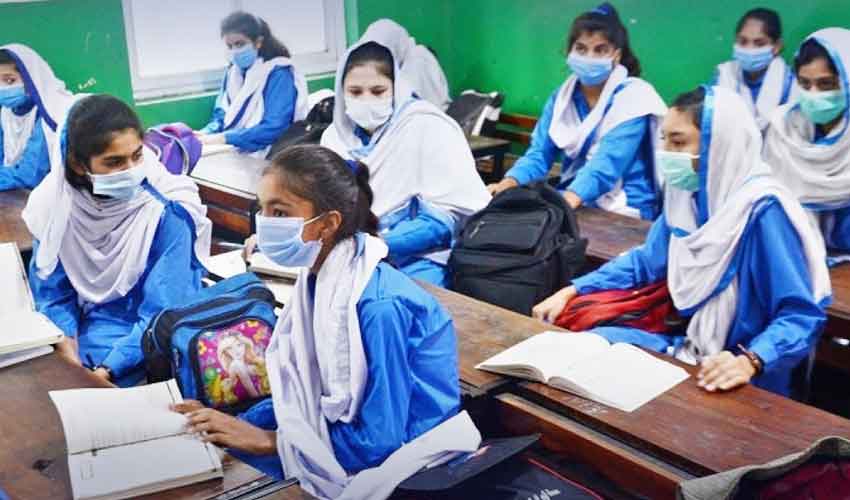Since the end of May, Pakistan has been grappling with relentless heatwaves, with sweltering temperatures soaring 4-5 degrees Celsius above normal in many regions.
In Southern Punjab and interior Sindh, temperatures have reached up to 52 degrees Celsius, making daily life difficult for people.
Environmental Crisis
Environmentalists warn that this extreme heat trend will likely continue and worsen in the future. The primary causes identified are the growing population, coal-fired power plants, and emissions from industries and transportation. These factors contribute to the increasing frequency and severity of heat waves.
Expert Opinions
Dr. Khalid Waleed, an environmentalist, highlights the grave consequences of the current trajectory. "A temperature increase of 1.5 to 2.5 degrees Celsius will be disastrous for Pakistan. Despite the increasing heat intensity, coal investment in the power sector remains high, and the thermal power share is substantial. Coupled with a growing population, the situation is becoming increasingly difficult," he states.
Dr. Shafqat Munir echoes these concerns, emphasizing the rising temperatures. "This year, temperatures are touching 50 degrees where they used to be 48. If Pakistan continues its current rate of carbon emissions, the situation will become exceedingly dangerous."
Future Projections
Predicting the exact temperature ten years from now is challenging, but the implications are alarming. Environmental experts agree that without significant changes, the country could see a further increase in average temperatures, exacerbating the already severe heat waves.
Call to Action
Experts stress the urgency of reducing carbon emissions to mitigate the rising temperatures. Transforming industries, energy, and transportation systems to be more environment-friendly is imperative. This shift is crucial to prevent the dire consequences of unchecked global warming on Pakistan's climate.



























